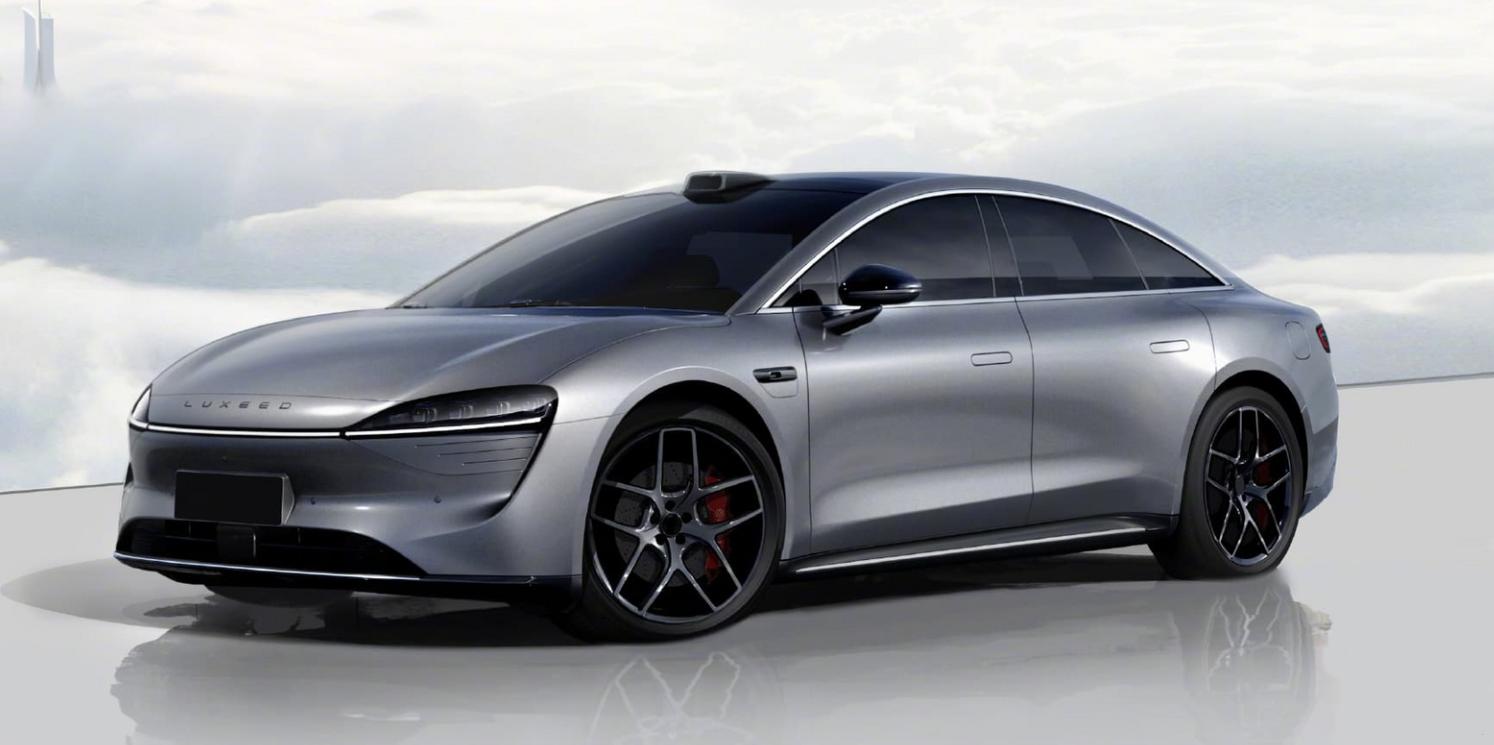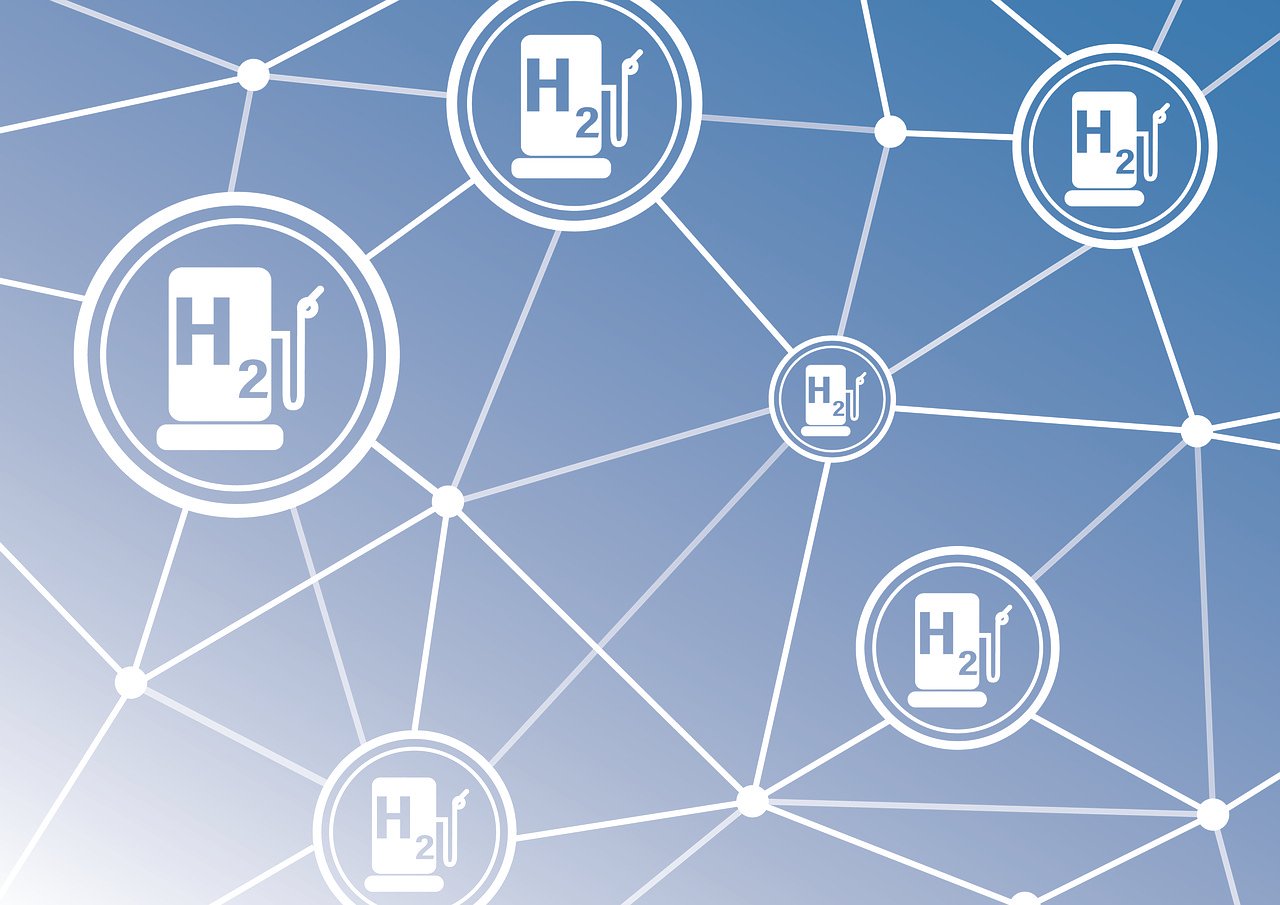Imagine driving a car that spits out nothing but water vapor. The idea of a water powered cars sounds like something from science fiction. In some circles, it’s hyped as a miracle solution, while others call it a myth. So, what does “water powered car” really mean?
The truth is simple: water by itself isn’t a fuel. What matters is the hydrogen locked inside water molecules. Extracting this hydrogen takes energy, and that underpins the science, the promise, and the skepticism swirling around these vehicles. Some inventors have claimed to run engines “directly on water,” but these claims often run into basic laws of physics. Reliable technology doesn’t violate science. Let’s cut through the hype, explore what works, and see where water and hydrogen fit into the push for clean transportation.
Table of Contents
How Water Powered Cars Work: Underlying Principles and Concepts
At the core, “water powered cars” are about using hydrogen as fuel. Water (H₂O) is a stable molecule, and doesn’t easily give up its hydrogen. You have to put in energy—usually a lot of it—to split water into hydrogen and oxygen. This is where the idea of water as a fuel runs into reality.
Water itself can’t be burned for energy in a car. What we can do is use electricity to split (or “crack”) water into its parts. When you recombine the hydrogen with oxygen—either in a fuel cell or a modified engine—it gives back energy, plus water as exhaust. The magic isn’t in water, it’s in hydrogen. Claims of cars running forever by just “adding water” break basic rules about energy. The process always needs an outside energy source.
Learn more about what makes water-fueled vehicles possible at Wikipedia’s entry on Water-fuelled car.
Electrolysis: Splitting Water into Hydrogen and Oxygen
Electrolysis is the main way to get hydrogen from water. Here’s how it works:
- You run an electric current through water.
- The current splits water into hydrogen and oxygen gases.
- Hydrogen bubbles off one side, and oxygen bubbles off the other.
This process needs a lot of electricity. The amount of energy you put in is at least as much as what you could get out by burning the hydrogen or using it in a fuel cell. You can’t escape the math—energy in always matches or exceeds energy out.
Find out more on this process at the Department of Energy’s resource: Hydrogen Production: Electrolysis.
The Role of Hydrogen in Vehicle Propulsion Systems
Once separated, hydrogen becomes a powerful fuel. Cars can use this in two main ways:
- Fuel Cells: Hydrogen goes into a fuel cell, mixes with oxygen from the air, and makes electricity. That electricity runs the electric motor, and the only exhaust is water vapor. Fuel cells are efficient and quiet. For more technical details, see Hydrogen and Fuel Cell Technology Basics.
- Internal Combustion Engines: Some designs burn hydrogen in an adapted engine, similar to gasoline engines. The result is mostly water vapor, though some nitrogen oxides can form at high temperatures.
Common Misconceptions About Water as a Fuel
Stories about cars powered only by water pop up every decade—most are misleading at best. The famous case of Stanley Meyer’s “water fuel cell” claimed to split water and run a car with almost no outside energy. Courts and independent testers found these systems violated basic physics—mainly the law of conservation of energy. You can’t get more energy out than you put in.
Engineers often point out that the hype around perpetual motion or “fuel from nothing” is a dead end. Discussion threads like Is a water powered car possible? break down why these ideas don’t stand up.
Practical Technologies and Challenges for Water Powered Cars
For real hydrogen-powered vehicles, the obstacles are big but not impossible. Companies and researchers keep working to solve issues of storage, safety, and cost.
 Photo by Jakub Pabis
Photo by Jakub Pabis
On-Board Hydrogen Generation vs. Refueling with Hydrogen
There are two paths:
- On-Board Generation: Some inventors try to split water inside the car as it’s needed. But this just moves the energy problem: the car needs a big battery or alternator to provide the electricity for electrolysis, using more fuel or reducing range.
- Refueling with Hydrogen: Most experts focus on making hydrogen elsewhere (where it’s cheaper and more efficient) then storing it in high-pressure tanks at fueling stations or inside the car.
The second option is what real commercial hydrogen cars use today. On-board electrolysis is less efficient because you add another step of energy conversion.
For a deep dive into current hydrogen car designs, check Water-Powered Cars – How Do They Work?.
Efficiency, Safety, and Environmental Impacts
Hydrogen is light and takes up a lot of space. Compressing or chilling it to fit reasonably in a tank uses energy, cutting back on overall efficiency.
Key issues include:
- Energy Conversion Loss: At every step—making, storing, moving hydrogen—some energy is lost.
- Storage: Hydrogen requires heavy-duty tanks and careful handling.
- Safety: Leaks are a concern, but with good engineering, risks are manageable.
- Clean Emissions: Using hydrogen means tailpipes produce mostly water vapor. When hydrogen comes from clean energy, it’s a true low-emissions fuel.
For pros and cons, see What are the Advantages of Hydrogen Fuel Cells?.
Future Directions: Green Hydrogen and Alternative Propulsion
There’s a lot of hope tied to “green hydrogen”—made by splitting water with wind, solar, or other renewables. This method could make hydrogen much cleaner than using fossil fuels.
Researchers are also working on:
- Safer, lighter hydrogen storage materials.
- Fuel cell improvements for more power and less cost.
- Expanding the network of hydrogen fueling stations.
Big-picture, hydrogen could be one part of a mix that includes electric vehicles and other clean fuels in our transportation future.
Conclusion
Water powered cars turn out to be hydrogen-fueled cars. Water isn’t burned for energy by itself—it’s the source of hydrogen, once you’ve split it with outside energy. True “water powered” myths ignore the basic principles of chemistry and physics.
The potential of hydrogen as a clean fuel is still growing. Today’s technology comes with high hurdles, but steady advances in green hydrogen, safer storage, and better infrastructure are starting to open real doors. While water won’t run your car on its own, hydrogen may yet play a key role in clean, reliable transportation for the future.
How Water Powered Cars Work: The Truth Behind Hydrogen-Powered Vehicles
Imagine driving a car that spits out nothing but water vapor. The idea of a water powered cars sound…
AMD Focuses on Automotive Industry Servicing
AMD is making significant strides in catering to the automotive industry, and they didn’t wait…
Flying Cars are No Longer Sci-Fi: Robotaxis Take Off in China Too
In a groundbreaking leap towards the future, China welcomes the arrival of the robotaxi, an electric…
Huawei Introduces Cars Instead of Phones: Luxeed EH3 by Chery
In a strategic move diverging from its mobile phone focus, Huawei, a well-known name in Europe for i…
Converting a Petrol Car to a Hydrogen-Powered Car: An Overview
As the world continues to explore alternative fuels and technologies to reduce greenhouse gas emissi…
The world’s first electric Lamborghini will be extremely powerful
The legendary car brand stands before a huge milestone: after designing only gasoline-powered vehicl…





